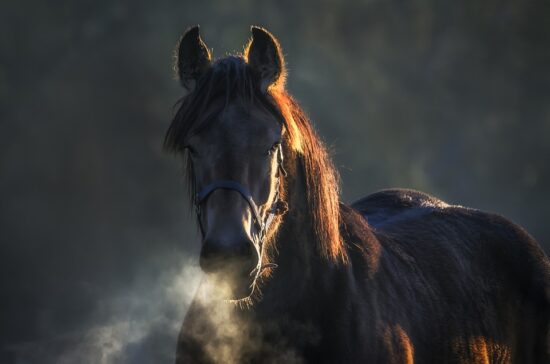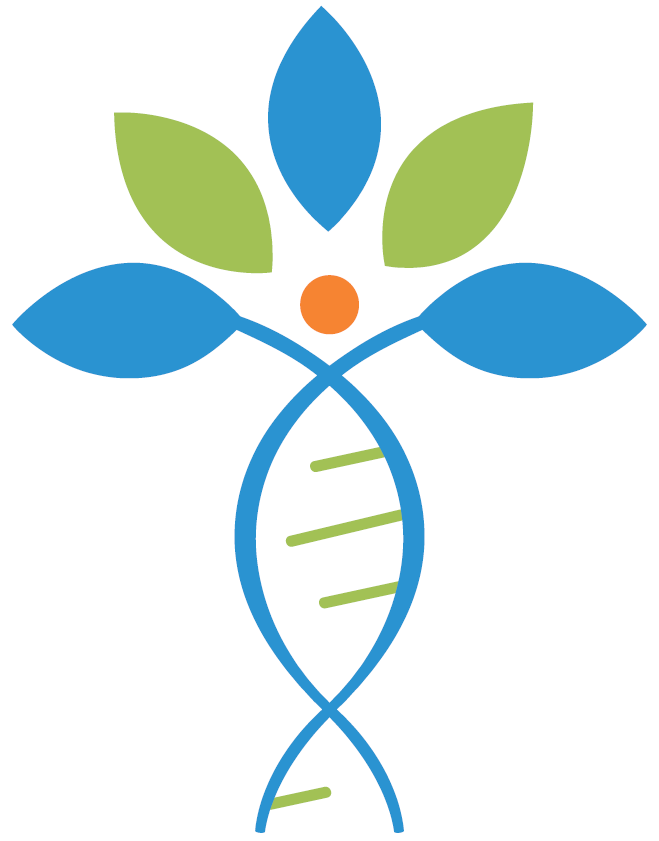Bacteria From Horses Give Clues to Antibiotic Resistance
Humans, horses, and other domestic animals share living spaces, companionship, food—even pathogens (disease-causing organisms). According to researchers, that means they’re sharing those pathogens’ antimicrobial resistance determinants (genes and mutations), as well.
So when veterinarians and other health professionals submit bacteria for whole genome sequencing to a national database, they help contribute to a better understanding—and, hence, better control—of the spread of antimicrobial-resistant (AMR) pathogens across different host species, including horses, dogs, and people, said Laura Goodman, PhD, assistant research professor in Cornell University’s Department of Public & Ecosystem Health, in Ithaca, New York. Goodman spoke during the 2021 American Association of Equine Practitioners’ convention, held virtually and in person in Nashville, Tennessee, last December.
AMR NEWS
Your Biweekly Source for Global AMR Insights!
Stay informed with the essential newsletter that brings together all the latest One Health news on antimicrobial resistance. Delivered straight to your inbox every two weeks, AMR NEWS provides a curated selection of international insights, key publications, and the latest updates in the fight against AMR.
Don’t miss out on staying ahead in the global AMR movement—subscribe now!







